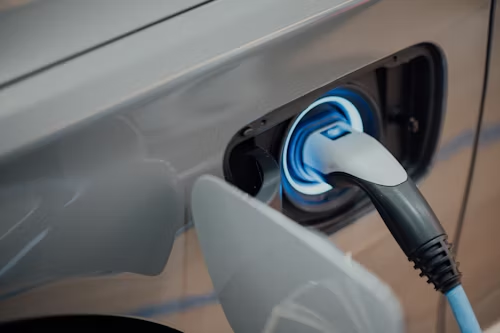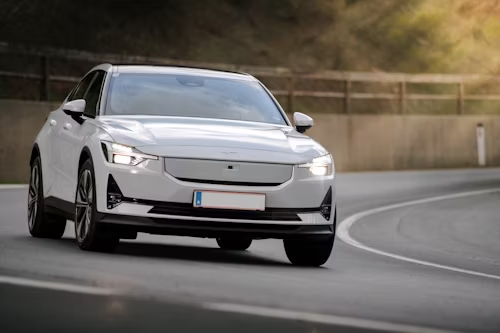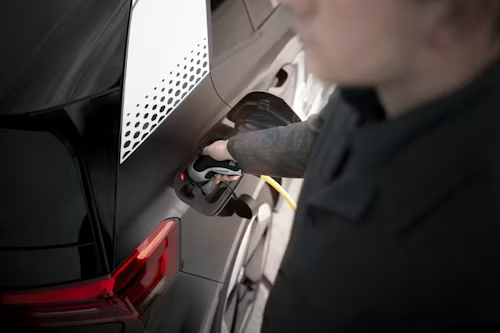The Evolution of Automobiles: Exploring Smart Vehicle Retrofitting and EV Conversions

The automotive industry is undergoing a revolutionary transformation, shifting towards energy-efficient cars and incorporating modern car technology to meet the demands of the 21st century. This evolution is not just about brand new models rolling out of factories; it also includes modifying existing vehicles through smart vehicle retrofitting and electric vehicle (EV) conversions. These innovative solutions are paving the way for the car of the future, making sustainable transportation accessible to a broader audience.
What is Smart Vehicle Retrofitting?
Smart vehicle retrofitting involves upgrading older vehicles with new technologies to enhance their functionality, safety, and efficiency. This process can range from installing advanced driver-assistance systems (ADAS) to integrating more comprehensive modifications like electric powertrain conversions. The goal of retrofitting is to extend the lifespan of existing vehicles while reducing their environmental impact, making it a cost-effective and sustainable option for car owners.
Benefits of Retrofitting Your Vehicle
- Reduced Environmental Impact: By upgrading to more efficient systems, retrofitting helps decrease the carbon footprint of older vehicles.
- Enhanced Safety Features: Modern technology such as collision avoidance and lane-keeping assist can be added to older models, improving road safety.
- Cost Savings: Retrofitting can be less expensive than purchasing a new vehicle while still offering the benefits of modern technology.
- Increased Vehicle Lifespan: Upgrading key components can extend the usable life of a vehicle, delaying the need for replacement.
EV Conversions: Turning Old Cars into Energy-Efficient Vehicles
EV conversions are a significant aspect of smart vehicle retrofitting. This process involves replacing the internal combustion engine of a traditional car with an electric motor and battery pack, transforming it into a fully functional electric vehicle. This not only rejuvenates old vehicles but also contributes to the reduction of greenhouse gas emissions.
Steps Involved in an Electric Vehicle Conversion
- Assessment of the Vehicle: Evaluating the condition and suitability of the vehicle for conversion.
- Removal of the Internal Combustion Engine: Dismantling the original engine, fuel system, and exhaust.
- Installation of Electric Components: Integrating the electric motor, battery pack, and associated electrical systems.
- Software Configuration: Programming the vehicle’s system to manage the new electric components effectively.
- Testing and Safety Checks: Ensuring the vehicle meets safety standards and functions correctly as an EV.
Incorporating Modern Car Technology into Retrofits
Advances in car technology are not limited to new models; they can also be integrated into existing vehicles through retrofitting. Technologies such as touchscreen infotainment systems, smart navigation, and IoT-enabled devices enhance the driving experience and bring older vehicles into the digital age.
Challenges and Considerations in Vehicle Retrofitting and EV Conversions
- Technical Complexity: Retrofitting modern technology into older cars can be technically challenging and requires expert knowledge.
- Regulatory Compliance: Converted and retrofitted vehicles must comply with current safety and emissions regulations.
- Cost Implications: While generally cost-effective, complex conversions can be expensive, depending on the depth of the retrofit.
- Warranty and Insurance: Modifications might affect the manufacturer's warranty and insurance policies.
The Future of Retrofitting and EV Conversions
As technology advances and environmental regulations become stricter, the demand for vehicle retrofitting and EV conversions is expected to grow. Innovations such as modular electric platforms and universal retrofit kits could further simplify the conversion process, making it more accessible. Governments and private sectors might also increase their support for retrofitting projects through incentives and subsidies, recognizing their potential to contribute to environmental sustainability.
Conclusion: Embracing the Car of the Future
The journey towards sustainable mobility involves not only the adoption of new energy-efficient cars but also the transformation of existing vehicles through smart retrofitting and EV conversions. By embracing modern car technology and innovative solutions, we can significantly reduce our ecological footprint and pave the way for the future of transportation. Whether it's through personal initiative or corporate responsibility, retrofitting older vehicles is a crucial step in our global shift towards a more sustainable, efficient, and safe automotive landscape.
In conclusion, as we look towards the car of the future, it is clear that the paths of innovation will be as much about reinventing the old as they are about introducing the new. This dual approach could be the key to a more sustainable and efficient automotive industry.




